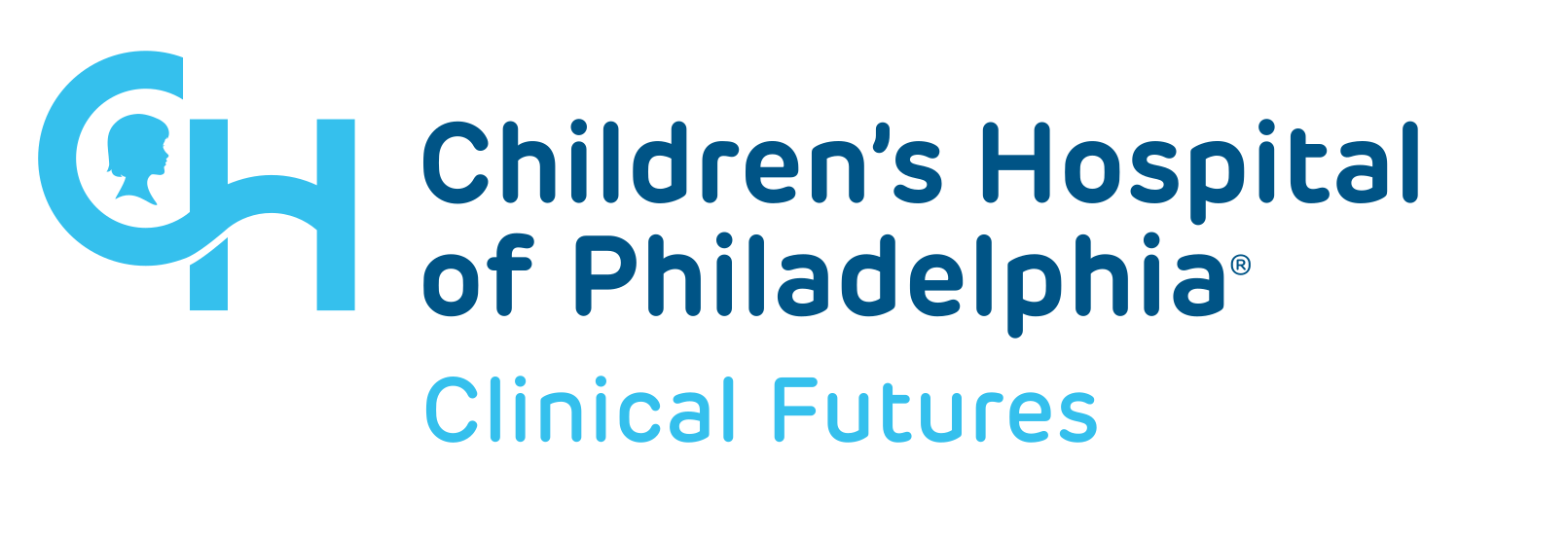Clinical Futures gathers and manages pediatric health information as complex data resources that can be accessed or utilized by our researchers to answer clinical effectiveness research questions.
THE DATA SCIENCE AND BIOSTATISTICS UNIT
The Data Science and Biostatistics Unit (DSBU), a core facility of CHOP’s Research Institute, administers these resources. DSBU’s staff has expertise in managing and using various data sources, ranging from electronic health records and clinical trial or registry data to administrative, claims, or survey data.
The DSBU serves as a resource for Clinical Futures, PolicyLab, and other CHOP investigators using complex data to address research questions. DSBU provides services in data extraction and management, statistical programming, biostatistics analysis, and analytics data consultation.
EXAMPLES OF DATABASES
Examples of the pediatric healthcare data resources accessible to Clinical Futures investigators include:
- Pediatric Health Information System (PHIS): The PHIS is a comparative pediatric database that includes clinical and resource utilization data for inpatient, ambulatory surgery, Emergency Department, and observation unit patient encounters for 45 children's hospitals.
- Premier Healthcare Database (PHD): PHD is a large, U.S. hospital-based, service-level, all-payer database that contains information on inpatient discharges, primarily from geographically diverse non-profit, non-governmental and community and teaching hospitals and health systems from rural and urban areas. Inpatient admissions include over 121 million visits, representing approximately 25% of annual United States inpatient admissions. The PHD also includes over 897 million outpatient visits to emergency departments, ambulatory surgery centers and alternate sites of care.
- Merative MarketScan: Merative MarketScan is one of the largest and longest running proprietary US claims databases used for healthcare research. Clinical Futures maintains a cut of this dataset that includes deidentified, commercial and Medicaid claim and enrollment data for pediatric patients (ages 0-18) covering 120+ contributing employers, 40+ contributing health plans, 350+ unique carriers from 2013-2023. MarketScan provides a comprehensive understanding of healthcare costs and utilization across the country, including de-identified longitudinal, patient-level claim information for publicly and privately insured individuals.




